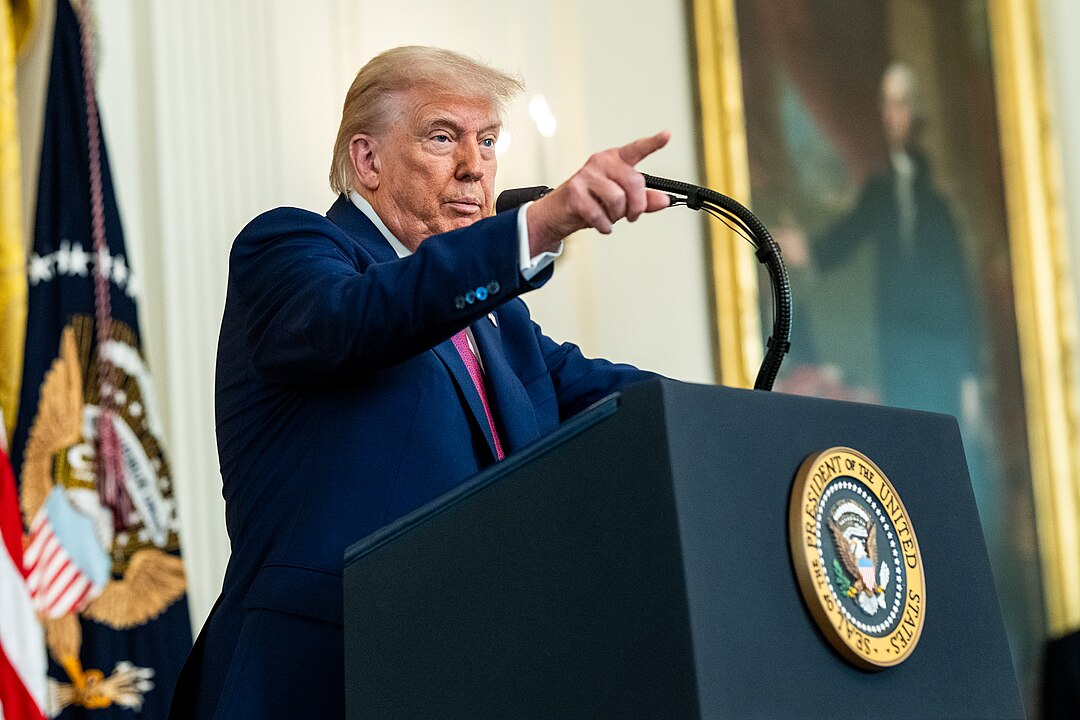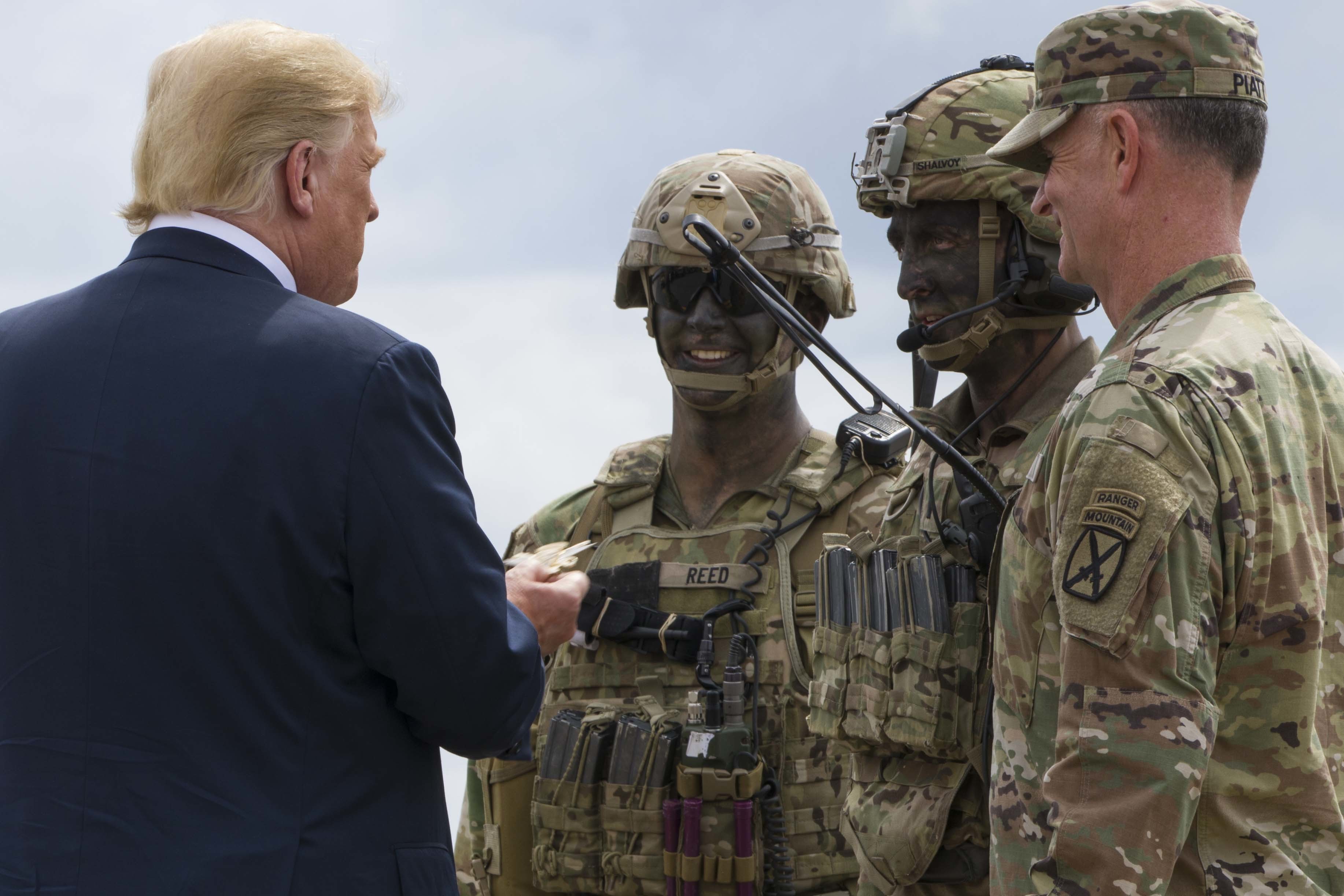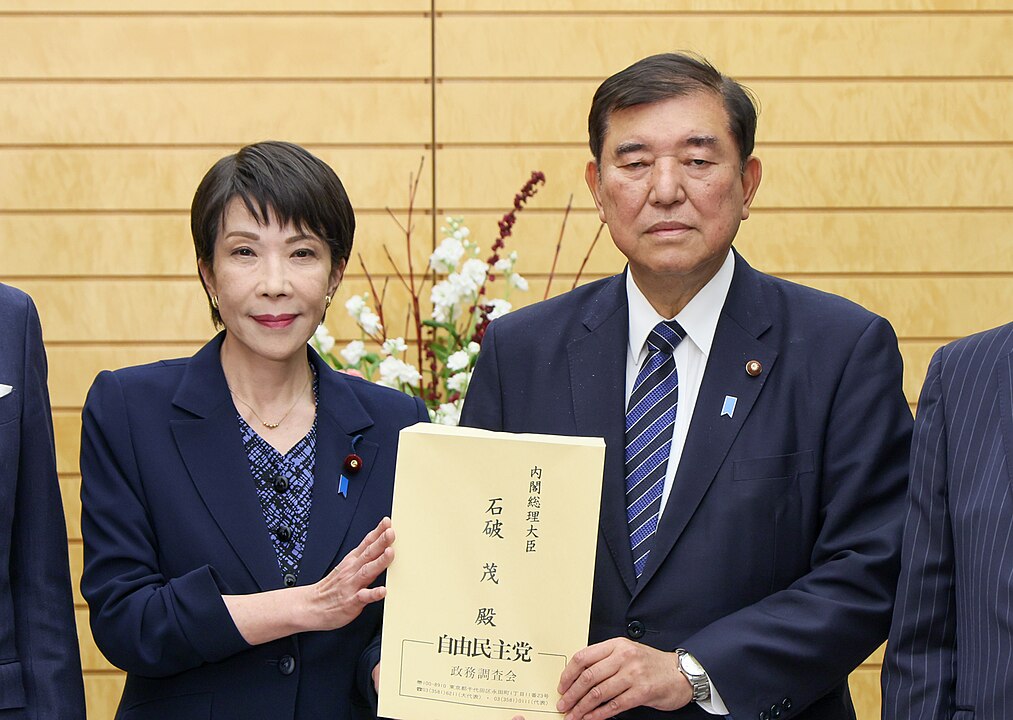Donald Trump and Lee Jae‑myung of South Korea announced a trade agreement during Trump’s Asia tour on Oct. 29, 2025, in which South Korea committed to $350 billion in U.S. investments in exchange for lower U.S. tariffs on certain Korean exports.
Key terms:
- South Korea will invest $200 billion in direct cash over time, plus $150 billion in a joint U.S.–Korea ship‑ and heavy‑industry investment initiative.
- In return, U.S. tariffs on South Korean automotive exports will be reduced (from 25% to about 15%), putting Korea on similar footing with Japan.
- The deal also covers strategic sectors like shipbuilding, semiconductors and possibly high‑tech manufacturing.
- The agreement still requires approval by South Korea’s parliament for full implementation.
Why it matters:
- It marks a significant shift in U.S.–Korea trade relations, giving Washington a major investment‑and‑tariff bargain rather than purely one‑sided concessions.
- For Korea, getting lower automotive tariffs while securing access to U.S. industrial policy and investment is a strategic win, especially amid competition with Japan and China.
- For Trump, the deal bolsters his “America First” trade narrative: getting large foreign capital investments and trimming U.S. tariff burdens while highlighting industrial revival at home.
- Regionally, the deal comes amid Trump’s stop in Asia during which he will also meet Xi Jinping of China — indicating broader trade and geopolitical ambitions.
What’s next:
- South Korean lawmakers must ratify the investment–tariff deal and clarify the legal and financial structures; how much is cash vs. commitment.
- Details on each investment project, oversight mechanisms and the roadmap for roll‑out will be key.
- Monitoring how U.S. industries (especially auto and heavy manufacturing) respond and whether jobs and production shift to the U.S. as promised.
- How this affects U.S.–China trade dynamics, given the same trip includes Trump’s looming meeting with Xi and broader Asian trade strategy.
- Potential domestic political scrutiny in the U.S.—Congress may vet the deal’s details, especially given large foreign investment and tariff implications.



